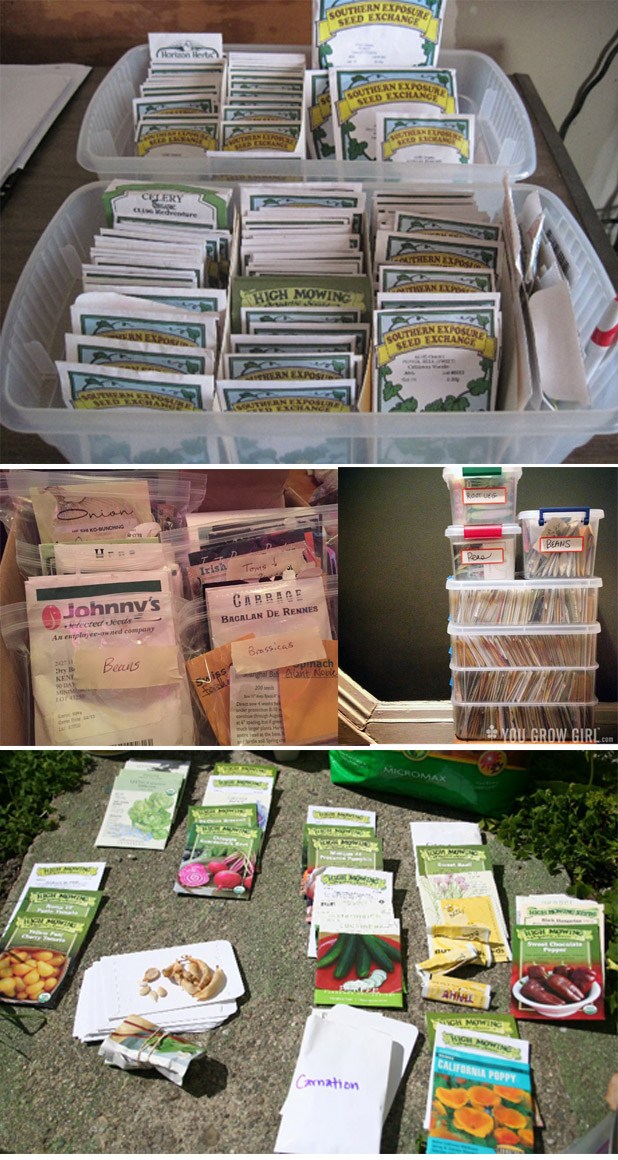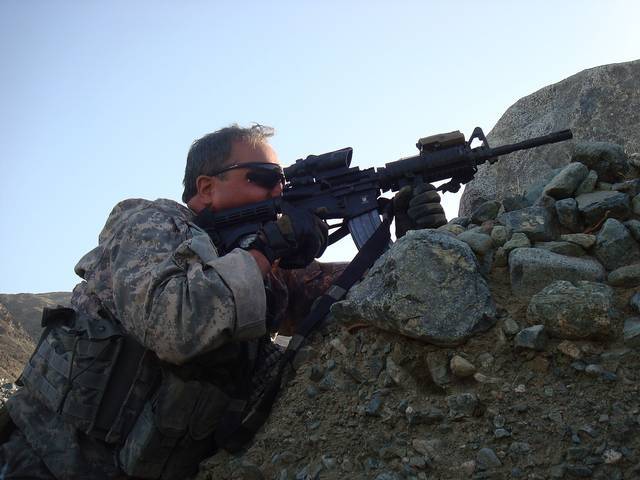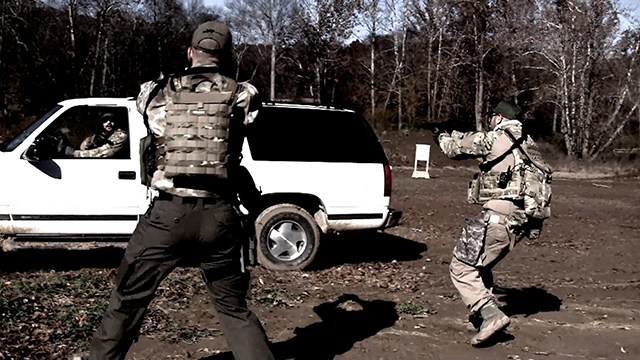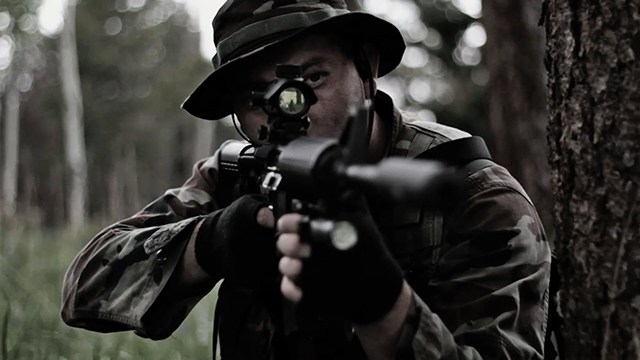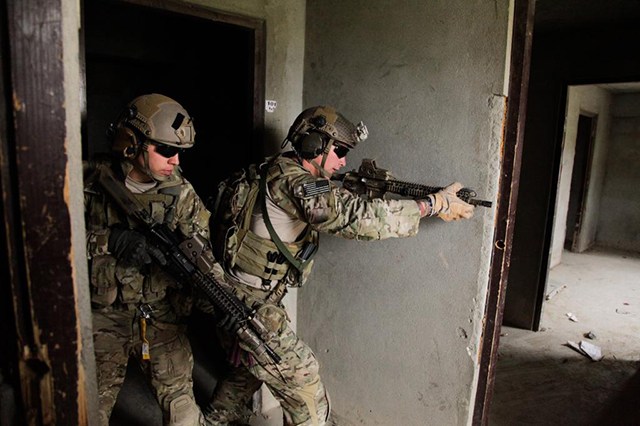Life (and Death) on the Homestead
As a husband, a father, and a prepper, one of the driving forces for the things I do is to protect my family from hardships. From battery jump boxes in both vehicles in order to prevent my wife from being stranded, to having plenty of ammunition to kill the zombies if/when they show up, keeping the wife and kids (and the brothers, cousins, and, yes, even the in-laws – I know you are reading this, Ev) safe is a highly motivating issue with me.
So when I find myself helpless in the face of adversity, I realize I’ve found a weakness in my planning. And as much as it pains me, I have to push through the trouble and suffering to get to a resolution, and in the aftermath, I need to find a way to prevent it from ever happening again.
This happened on a very minor scale with the lack of alcohol sales after a hurricane (it helps those around me deal with my obsessions, trust me!). I taught myself how to make my own, and moving forward, “no alcohol” is no longer a possibility for me.
The battery jump boxes are another end result of planning for the worst. I suggest EVERY car have one. The wife got stranded once due to a dead battery. The next day, she had a battery jump box in her vehicle. And thanks to a phone call to my brother who was in the area, the situation was only a minor inconvenience. (Thanks, Dave!)
Planning for disasters is NOT a psycho habit. We all do it at varying levels. Insurance is a form of disaster preparedness. So is packing a diaper bag for the baby. I just prefer to take it to another level. I don’t like inconvenience, particularly when it affects my wife.
So last week, while I was out gator hunting, and my wife called me distraught, with sobs in her voice, and me 2 hours away. I was on the water, with my phone on silent (didn’t want to scare the gators) and packed away in a waterproof container. Thus, I was completely out of contact with her, and unable to offer any assistance. When I finally did get the message, I immediately called her, to find out what the problem was, all the while thinking to myself, “how the hell could I fix it from this far away?”
It seems that in my planning for scaling up the winter rabbit production, I failed to realize that my rabbits didn’t “miss”, being due the day before I left, but have simply been “running late” and delivered the morning after I was gone. Since I’ve converted my cages into suspended nest boxes, this normally wouldn’t be a a big deal.
However, combining the new mother with a cage without “baby saver” wire, three of the six kits were found outside of the cage on the ground, cold and covered with ants. My poor city-girl wife was NOT ready to deal with this kind of real life drama. Through the tears in her eyes, she did her best to gather them up and get them cleaned off, but was unsure what to do with them so she called me. Five times. And texted me eight times.
Lucky for me (and the kits in question), I married a smart girl. With the understanding that the mother should know what to do, my wife cleaned the ants off of the kits, and placed them into the nest box with their siblings. By the time I had called her, everything was OK….other than the wife’s emotions.

I need to expose my family to more of the daily issues of raising our own food. While my kids know food doesn’t come from plastic trays covered in cellophane, they only know that “Dad does that stuff out back”, and we have food later.
For every rabbit that reaches the table, there are countless hours spent building, cleaning, checking, interacting, scratching, feeding, upgrading, watering, harvesting and learning. I really try to give the animals I raise a good life. I try to learn from my mistakes, and while they happen less frequently now, they still happen. I’ve probably lost more rabbits to my mistakes, injury, predation, bad luck, etc. in total than I harvest in a year…and that’s a lot.
It is rare that anybody other than me sees the stillborn babies, the loss due to a new mother rabbit getting everything wrong, or the damage done by predators. The only see the cute young rabbits that like the human interaction the kids and wife provide while the rabbits are still small enough to handle easily.
On the rare occasions that something “bad” is seen by the others in my household, it is a shock to them. I feel I need to expose them to more of the grittiness of raising food, so that they are more ready for life’s brutal fairness. Everything ends up as food for something else (people included), its simply part of the chain of things. By not seeing this, at least occasionally, we can lose sight of it and then when we do come face to face with death, we become shocked and appalled by it.
I am the one that does the harvesting, and each time I dispatch a rabbit, I feel remorse and joy at the same time. Remorse at taking a life for my own personal gain, and joy at having given the animal the best life I could manage, and one far better than most of the food I could have purchased instead at the local grocery store.
By hardening myself to the process of growing and raising food, I’ve become more appreciative of what I eat. And I tend to eat better than many others because of it.
Some die, but life is tenacious. Most live, and those are the future.
And hopefully, I can instill the value of life into my wife and kids, so that they too can reap the benefits of living closer to their food. And when the course of events includes some life being snuffed “too soon” from one of our animals, they will be better able to cope with it. After all, the animals we raise were destined to be food from before they were conceived, and while sad, the loss is part of life.
And eventually this equalizer will take me and my wife too. I just hope our children will be more ready to face this loss because of lessons I’m trying to teach them now. And possibly, they will pass this lesson on to their kids, a legacy I’ve created for future generations of my decedents.
A father can dream, can’t he?
As a husband, a father, and a prepper, one of the driving forces for the things I do is to protect my family from hardships. From battery jump boxes in


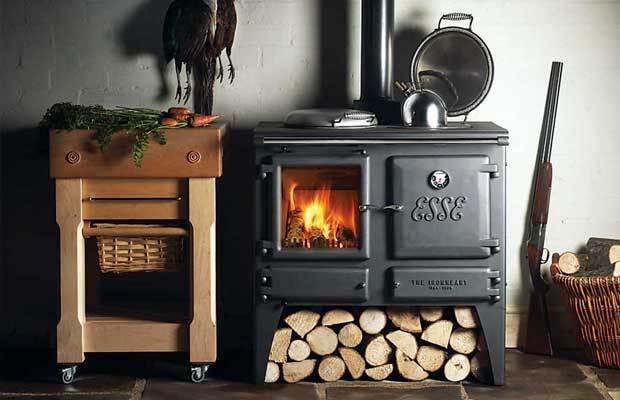
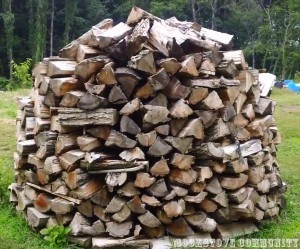 If you’ve got the time and energy, cutting your own firewood for the winter is one of the most rewarding aspects of living in a cold climate, both mentally and economically. There’s something to be said for the satisfaction of surviving the winter on your own terms: Gas, propane, electric they all require middle-men in some way or another. With wood heat, you have the option of gathering your own fuel and maintaining sole responsibility for how it’s burned and why, all at a cost that is far lower than that incurred by other heating methods.
If you’ve got the time and energy, cutting your own firewood for the winter is one of the most rewarding aspects of living in a cold climate, both mentally and economically. There’s something to be said for the satisfaction of surviving the winter on your own terms: Gas, propane, electric they all require middle-men in some way or another. With wood heat, you have the option of gathering your own fuel and maintaining sole responsibility for how it’s burned and why, all at a cost that is far lower than that incurred by other heating methods.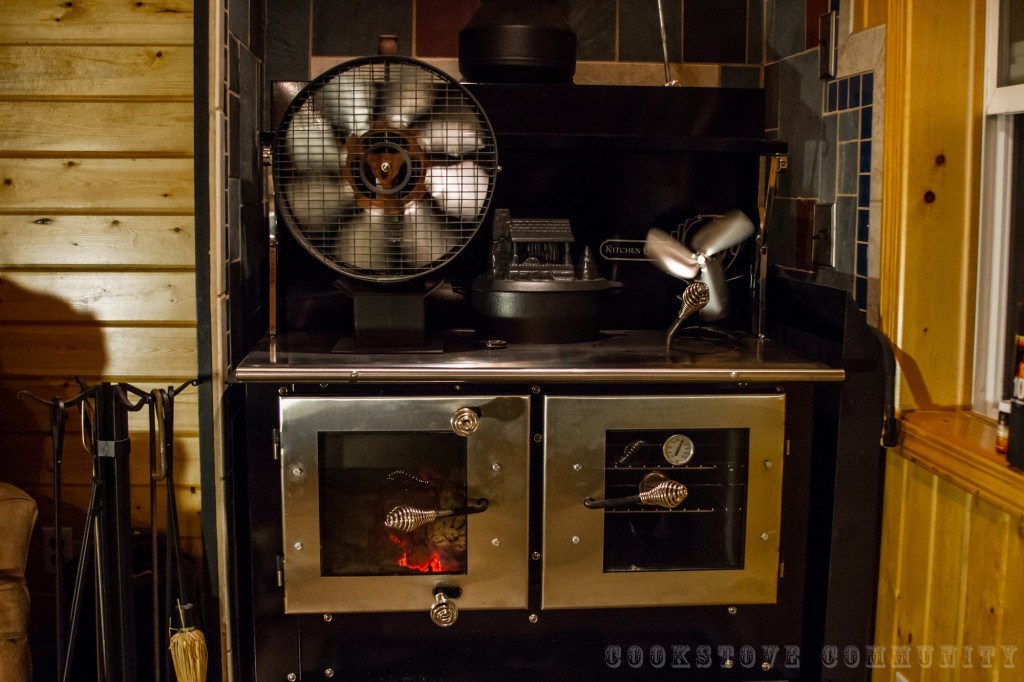
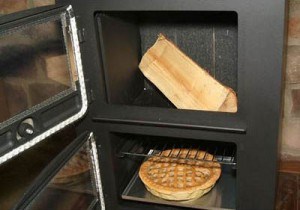
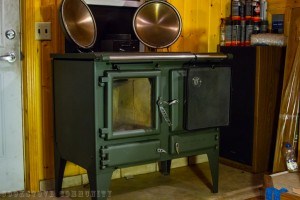 The Esse Ironheart Cookstove.
The Esse Ironheart Cookstove.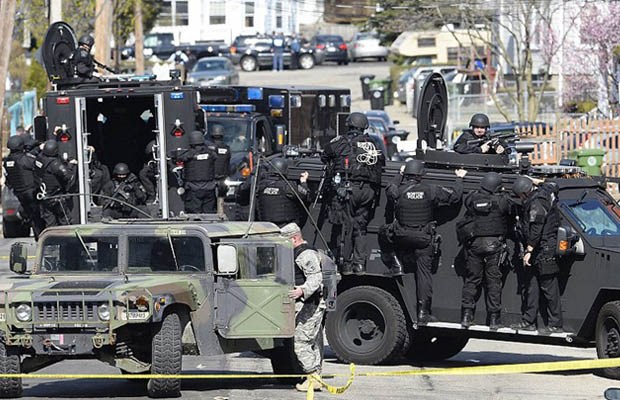
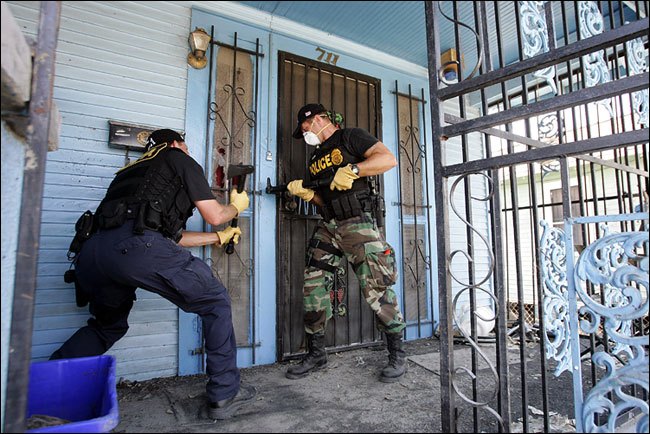
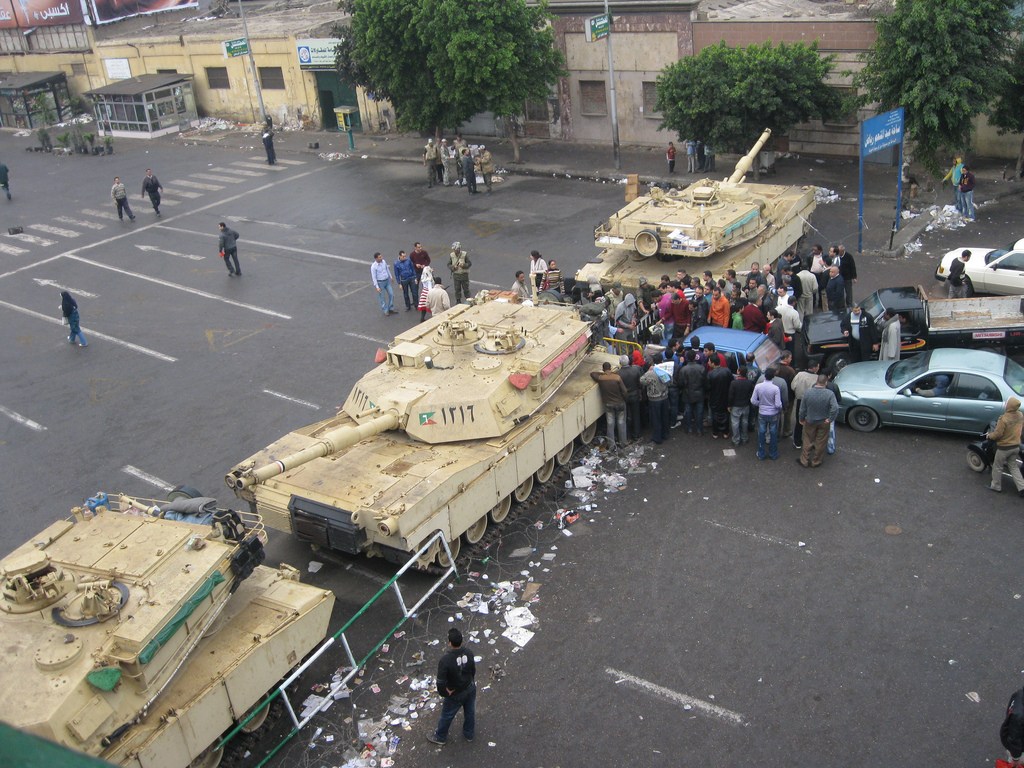

 You don’t want to have your health working against you in an emergency.
You don’t want to have your health working against you in an emergency.


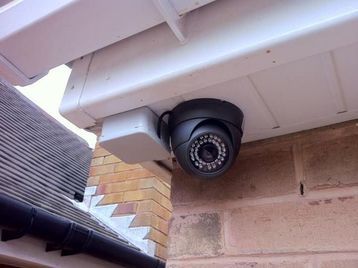
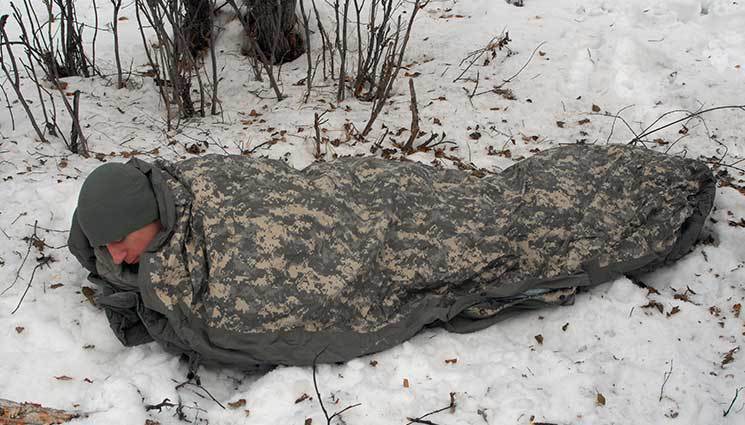
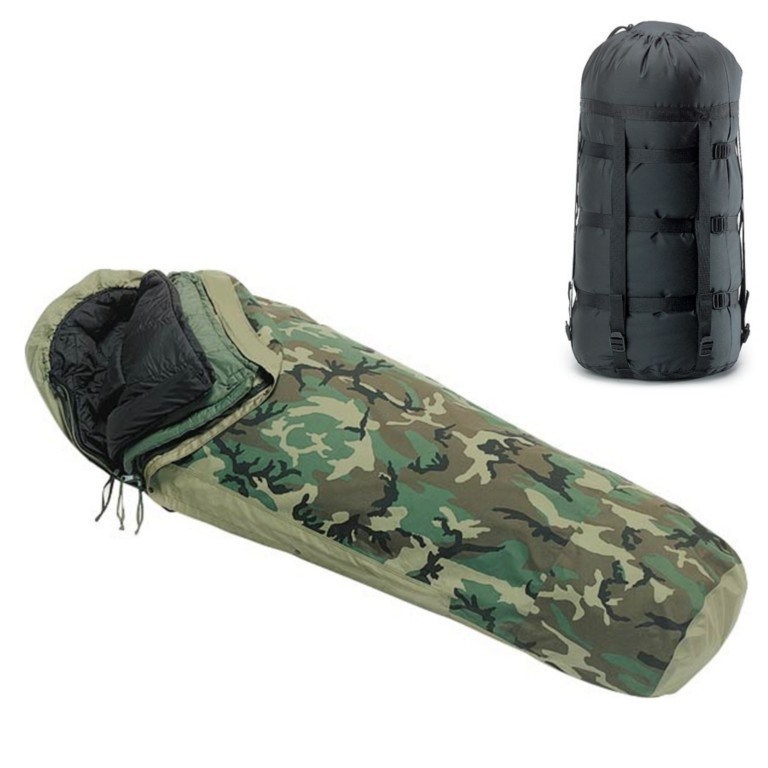
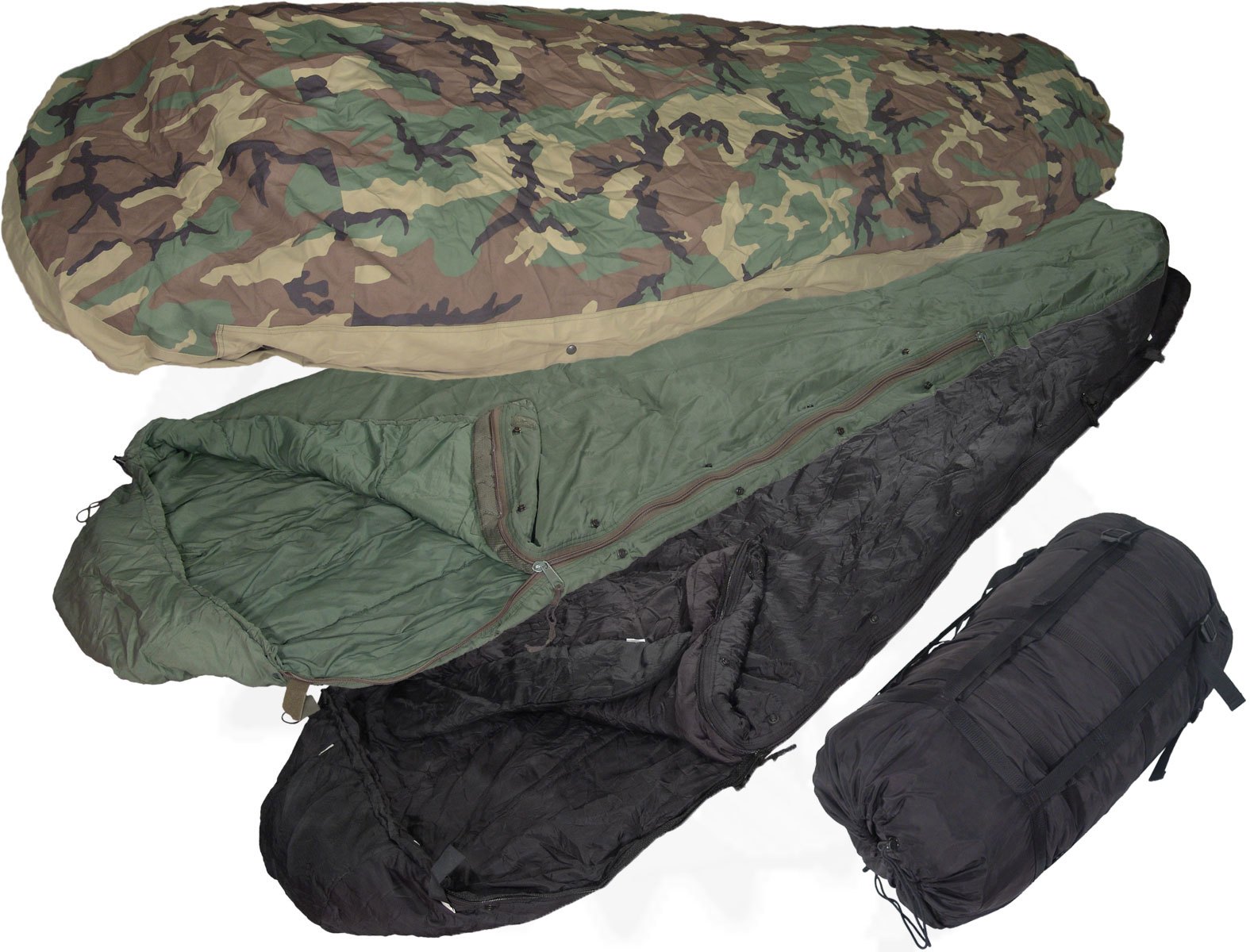
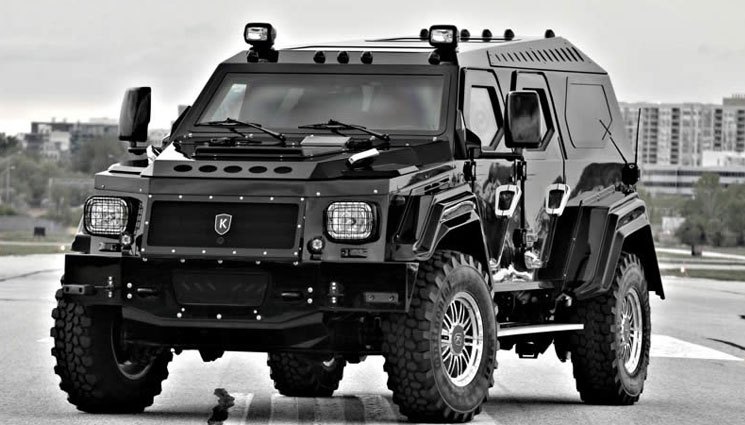

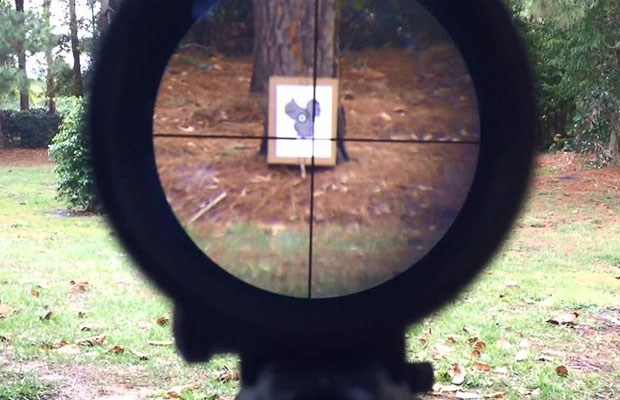
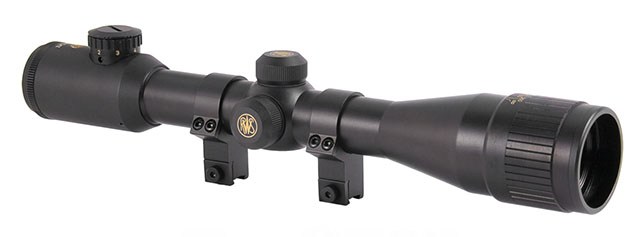

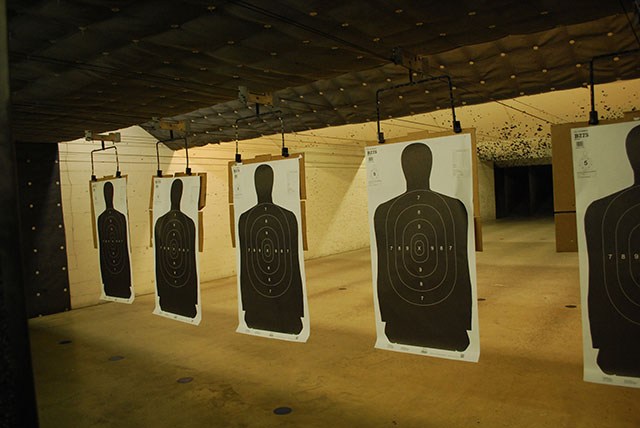
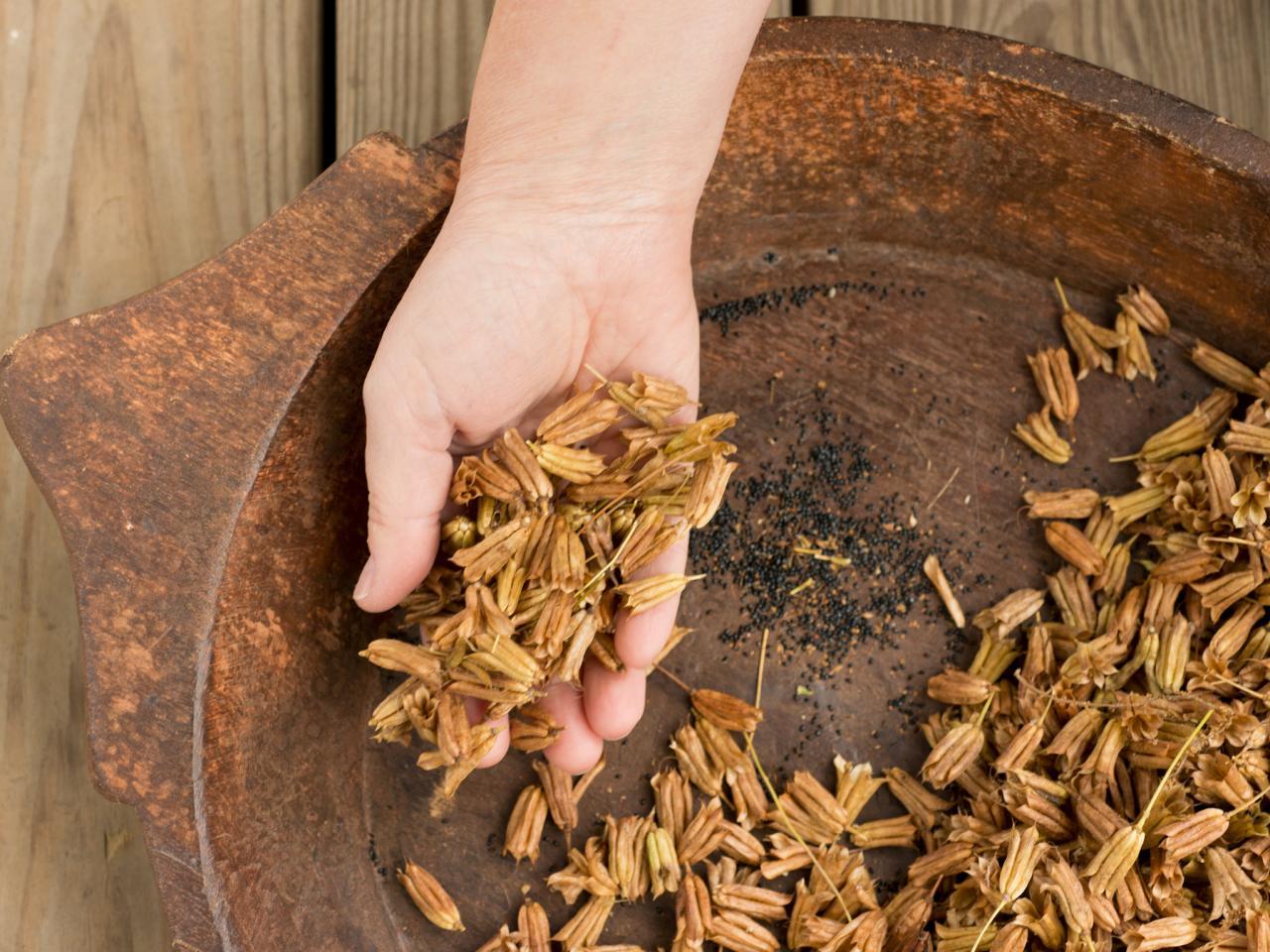
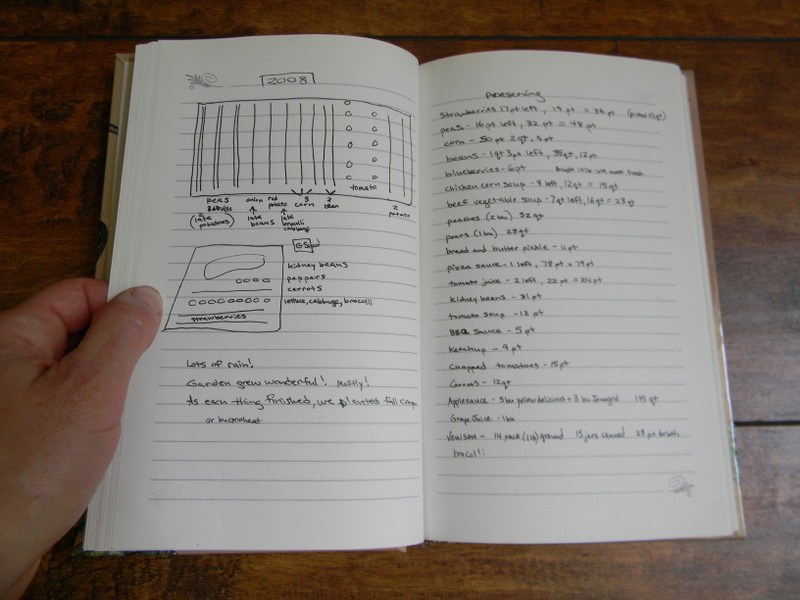 Ideally, we also keep notes at least during key periods of the year. How many little green things popped up out of roughly how many seeds?
Ideally, we also keep notes at least during key periods of the year. How many little green things popped up out of roughly how many seeds?
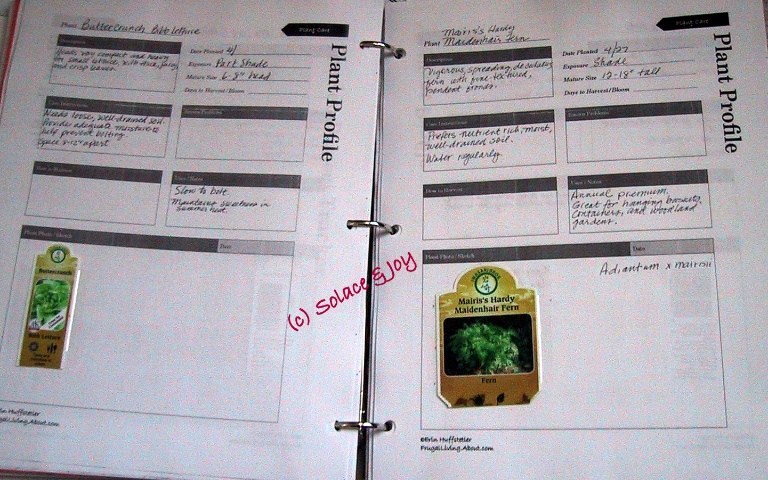 Ideally in a format that can be quickly and easily accessed during planning and evaluation phases before and after each year’s crop seasons.
Ideally in a format that can be quickly and easily accessed during planning and evaluation phases before and after each year’s crop seasons.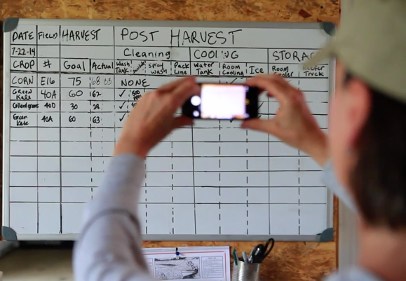 I find it easiest to stick a $2 Ollie’s dry erase board and a map pen by my kitchen door.
I find it easiest to stick a $2 Ollie’s dry erase board and a map pen by my kitchen door.
